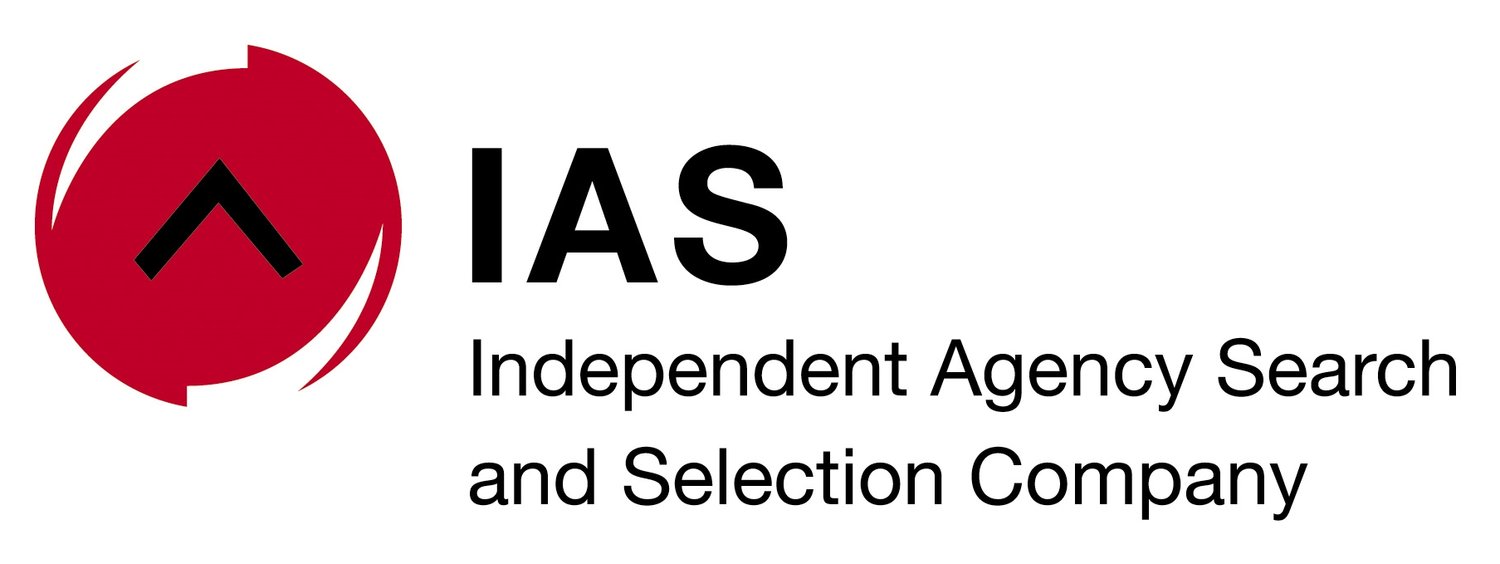In his latest SCOPEN trend highlight, President and CEO of SCOPEN César Vacchiano notes that where once certain clients would prefer not to employ an agency that was working with a competitor, attitudes have changed.
“Our study shows that the percentage of clients not concerned by competitive conflict in their sector within an agency has grown from 21,3% in 2019 to 40% now. That’s a fair leap,” says Vacchiano, “and while precise reasons were not requested from respondents, further analysis indicates that two main factors stand out in marketer’s attitudes to this – trust, and wanting a specific agency, at all costs.”
Says Johanna McDowell, Chief Executive Officer at Independent Agency Selection (IAS) and Managing Partner of SCOPEN Africa, “We saw an uptick in trust between clients and agencies during Covid19, and are pleased to see all parties appear to be maintaining the status quo.
“This, combined with clients knowing that a specific agency will be best for what they want to achieve and choosing them despite any reservations they may have had shows a maturing of the market.”
Like Vacchiano, McDowell says it would be interesting to discuss this with marketers and further digging may bring interesting new moves to light. “Is it only about trust, or the fact that some agencies are positioning themselves in the consultancy space, which is known for being a space that has always had conflicting clients and competitive brands.”
“It is less of an issue than it used to be,” Vacchiano posits, pointing out that “in some cases the degree of specialisation of an agency and its reputation means their value is such that some clients are prepared to take any perceived risk simply because they want that specialty and that service.”
Trust, technology and intellectual property
Here, McDowell notes that it is not in the interest of any agency to share client information or be concerned about what a competitive brand may be doing. “For years, agencies have had frameworks within teams work so as another team on a competitor’s project doesn’t get the down low on who is doing what.
“Technology, too, can ensure that even within the same agency, competitor’s information can be locked down and accessed only by password protection for each project. Agencies have long been using both company values and technology to protect each clients’ intellectual property, again reducing any anxiety in among marketers.”
Clients not entirely comfortable with sharing an agency with competitors are usually in the retail, banking and FMCG sectors, but even these may share an agency depending on what type of work the agency is doing for each. Again, Vacchiano highlights that it is not in any agency’s best interest to transgress the protective framework.
McDowell adds, “Overall, a key factor is, quite simply, a marketer wants the agency they want. They want the creativity, the culture, the level of innovation and they’re prepared to work with the agency known for meeting the highest standards in each area.
“Clients want the best and in a sea of sameness, they’re showing more and more that they’re willing to roll the dice on an agency known for being the best. So far, trust is winning.”




















